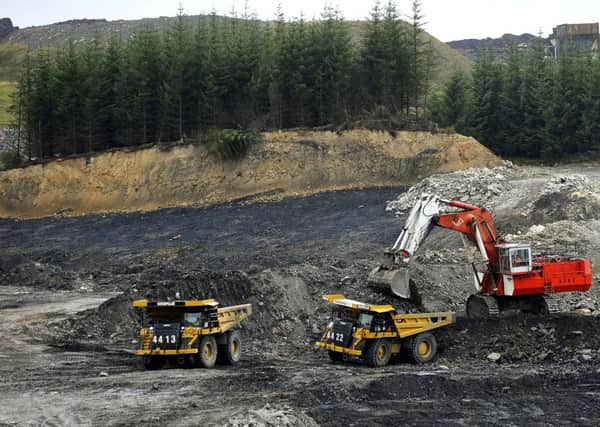Mainshill opencast restoration criticised


Robert Flowerdew has written to the Gazette expressing his concerns, claiming the proposals contain “broken promises.”
Robert said: “Essentially the plans show a large Sitka spruce plantation with a thin skirt of natural woodland as window dressing. There is a water feature and some paths which allows them to call it a community woodland.”
Advertisement
Hide AdAdvertisement
Hide AdThe Gazette reported back in April of this year how the transformation of the site would be led by new Scottish Government agency Forestry and Land Scotland, working in partnership with the Scottish Mines Restoration Trust, Hargreaves, Hall Construction and the local authority.
“The original application to mine coal from Mainshill contained the planned restoration program for a largely mixed woodland area which would enhance the local environment.
“This application describes the pre-mined Mainshill site as containing a large Sitka spruce plantation recognised to be of “limited ecological importance” to the site,” said Robert.
He continued: “We are in a climate emergency. Broadleaf native woodland has been identified by the government as one of the most effective ways of carbon capture helping the UK to reach its CO2 obligations under the Paris Climate Change Treaty.
Advertisement
Hide AdAdvertisement
Hide Ad“Why is it that we allow the people of Lanarkshire to be treated like second class citizens.
A spokesperson for Forestry and Land Scotland said: “The original planting proposal was only ever aspirational and had never been agreed with South Lanarkshire Council. Site investigations have revealed that neither the land form nor its nutrient status are suitable for broadleaf woodlands.
“For this reason the planting proposals had to be revisited and a new proposal – appropriate and workable given the site conditions - was developed in consultation with the local community council (as it was constituted at that time). This revised proposal has been agreed by the local authority and approved by Scottish Forestry.
“We have 15 years of experience in working with partners to restore brownfield sites and former surface mines, work that contributes to Scotland’s woodland creation targets, to the Climate Change agenda, as well as biodiversity enhancement in addition to employment and access opportunities for local communities.”